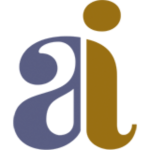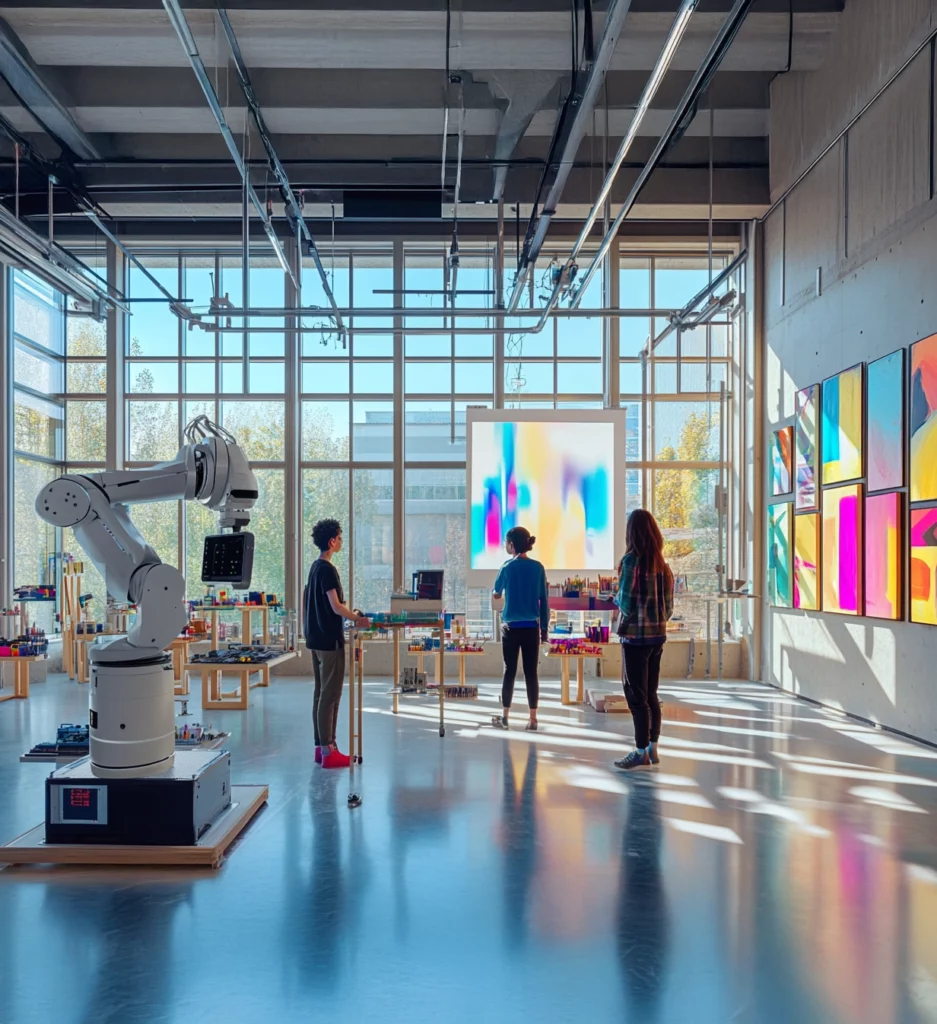By Dr. Tawhid CHTIOUI, President and Founder of aivancity, the Grande École of AI and Data Science
A few months ago, a painting titled The Portrait of Edmond Belamy was auctioned for over $400,000. Its creator wasn’t a human painter—it was an artificial intelligence. In 2023, an AI-generated photograph won a prestigious competition, leaving judges stunned upon learning the image had never been captured in real life. Simultaneously, a song entirely composed by AI topped Spotify charts, while in Hollywood, a writers’ strike brought to light debates over scriptwriting by machines. More recently, an AI-created painting won an art prize, and a renowned painter discovered his style had been replicated without his consent by an algorithm. In classrooms, students submit essays co-written with ChatGPT, and publishers release novels authored with the help of AI. These fascinating yet unsettling events raise a profound question: what remains of the human touch when machines rival—and often excel in—our creative abilities?
The advent of AI in the creative domain, long considered a bastion of human exclusivity, is upending our certainties. Creativity, traditionally viewed as a core marker of our humanity, is now under scrutiny: is it still solely ours? When algorithms can write novels, compose music, or create artwork in moments, what sets us apart? These advancements pose essential questions: what makes us creative beings? Does AI push the boundaries of our imagination, or does it dilute our role as creators? And in the face of this transformation, how should education evolve to prepare tomorrow’s creators?
Creativity vs. Inspiration: The Role of Generative AIs
In the dynamic world of innovation and creation, « inspiration » and « creativity » are often used interchangeably, obscuring a critical distinction. As generative artificial intelligences emerge as powerful content-production tools, it’s vital to understand the difference between these concepts and recognize the unique role each plays in the creative process.
Inspiration acts as an unpredictable spark, arising from an unexpected observation, a profound encounter, or a moment of reflection. It’s a raw revelation that awakens new ideas and emotions. For instance, a simple sunset might inspire an artist with hues to replicate or emotions to express. Inspiration is the starting point—a rich, unrefined raw material full of possibilities.
Creativity, on the other hand, is the art of transforming this spark into a unique, thoughtful work. It’s an active, multidimensional process combining intuition, critical thinking, experimentation, and boldness. While inspiration might suggest a painting with twilight hues, creativity guides the artist in selecting textures, techniques, and the emotions to convey. This process involves exploring, associating new ideas, and taking risks—a profoundly human endeavor that surpasses algorithmic capabilities and predictable models.
Human creativity is the alchemy that turns raw inspiration into art, innovation, or discovery.
An artist or writer may draw inspiration from AI, personal observations, or other sources, but the transformation into something truly unique and expressive remains a deeply personal and human act.
Generative AIs, while not intrinsically creative, act as a catalyst for inspiration, offering ideas, patterns, and perspectives that can fuel human creativity. By recombining existing elements in novel ways, AI tools help artists, designers, and writers explore uncharted creative territories. However, the true creative act lies in how humans use this inspiration to craft something meaningful.
Does AI Threaten Human Creativity?
The rise of AI prompts concerns about its potential impact on human creativity, echoing historical anxieties. In the 4th century BCE, Plato feared writing would erode memory by externalizing it. Similarly, AI is often seen as a technology that could replace human thought, particularly in creative domains.
However, creativity is inherently human, involving metacognition—the ability to reflect on and adjust one’s thought processes. While AI can assist this introspection, such as analyzing stylistic choices or biases, it lacks the intentionality and understanding that guide human creativity.
Overreliance on AI risks fostering a technological dependence that stifles originality. The convenience of instant creations might encourage reproducing pre-existing models, leading to a potential standardization of art and an erosion of its richness. Moreover, the saturation of AI-generated works could make authentic human contributions harder to distinguish.
The Crucial Role of Educators in Integrating AI Responsibly
Educators play a pivotal role in ensuring the responsible integration of AI into creative processes, turning its challenges into opportunities to enrich human skills. Instead of replacing creativity, AI can become a tool for inspiration and critical exploration.
By incorporating AI into art or literary classes, students can use generative tools to generate ideas or concepts, which they can then analyze, adapt, and reinterpret. This collaborative approach fosters active engagement between humans and technology while addressing ethical considerations and algorithmic limitations.
Through experiential and exploratory activities, educators empower students to test AI’s capabilities, whether creating visual art, composing music, or designing marketing concepts. This helps students enhance their creativity while critically evaluating AI outputs.
This approach prepares creators to harness AI’s possibilities without losing their unique essence: intention, emotion, and critical consciousness.
In conclusion, generative AI challenges us to redefine creativity and education in a way that embraces the potential of these technologies while preserving the depth and uniqueness of human ingenuity.

